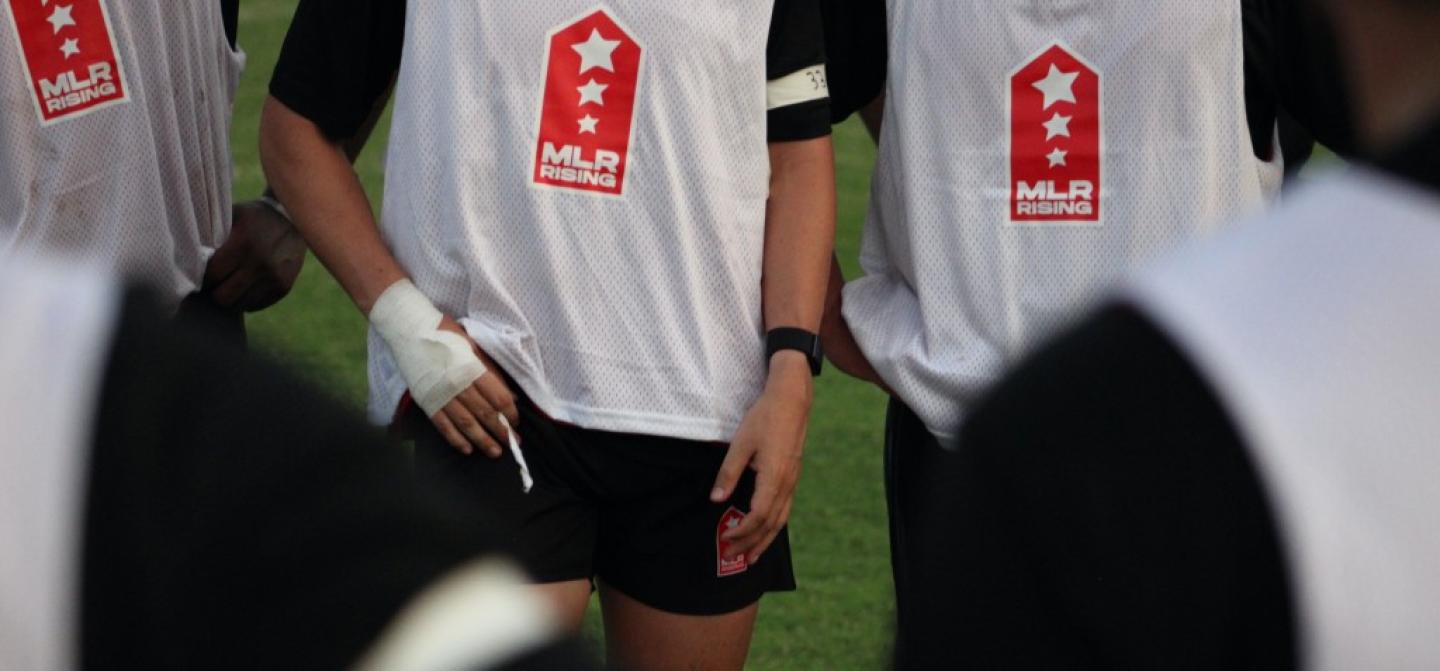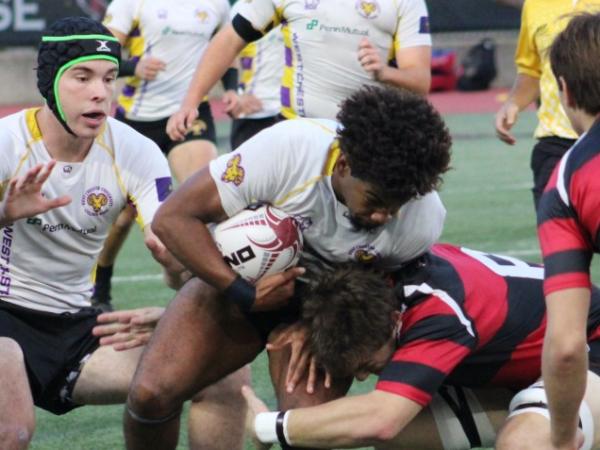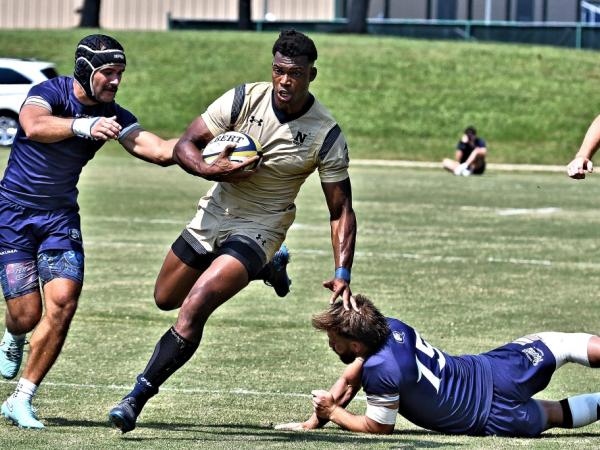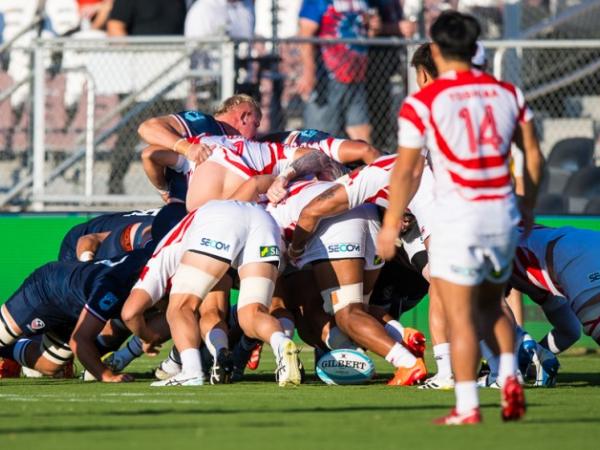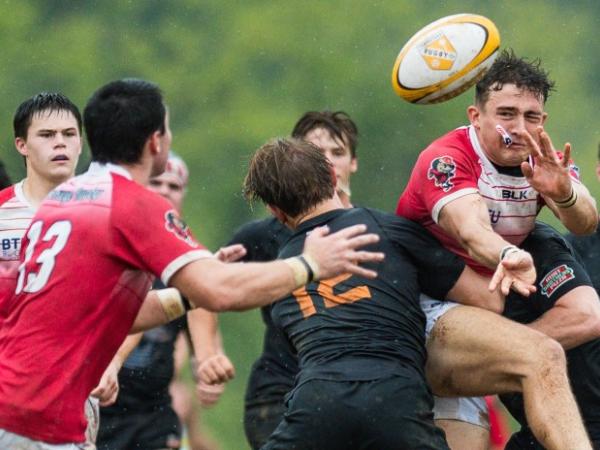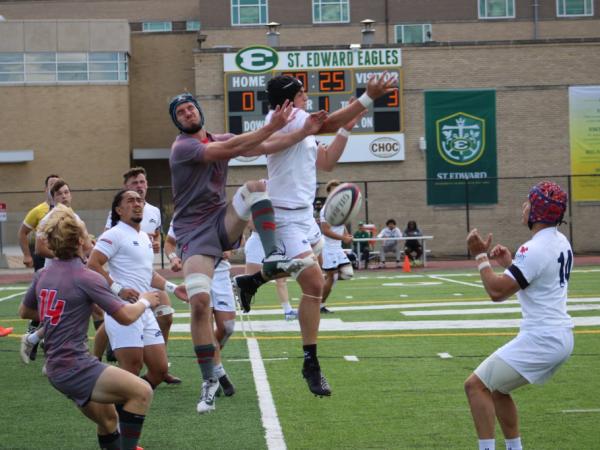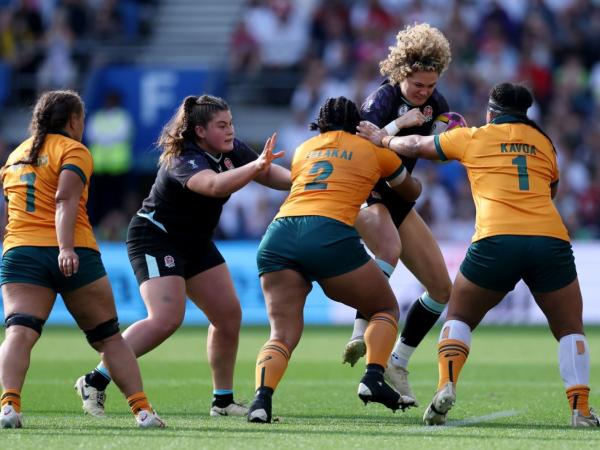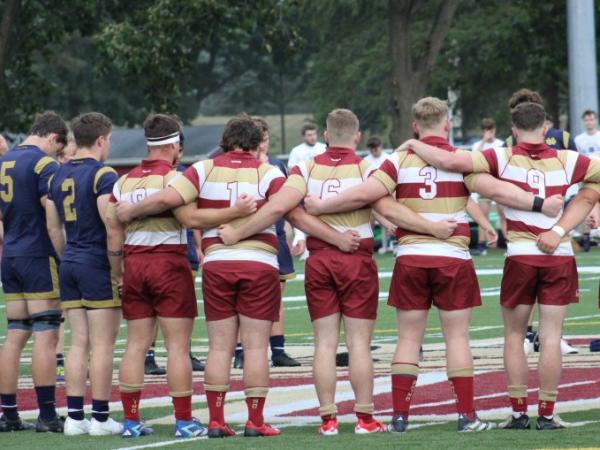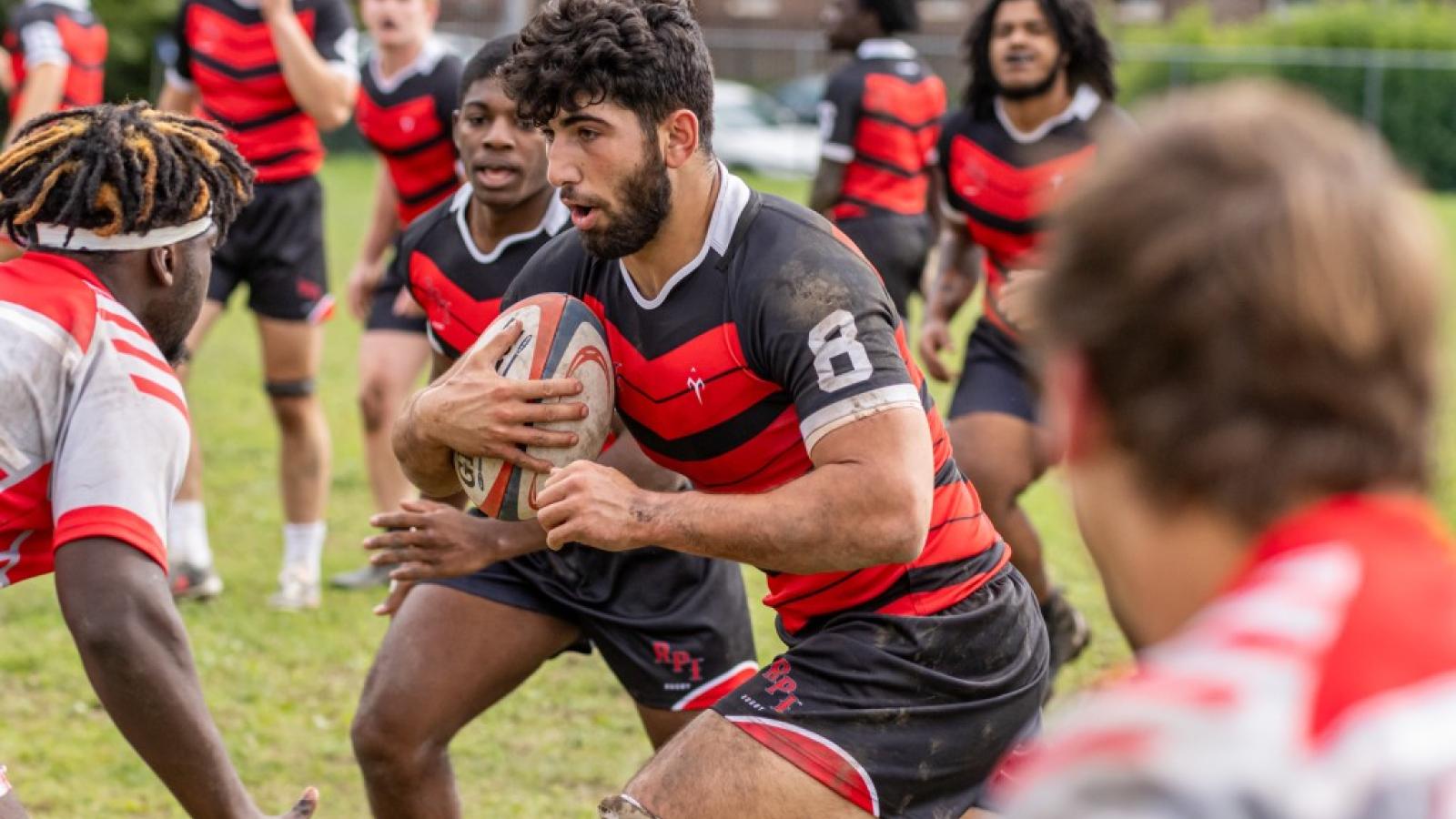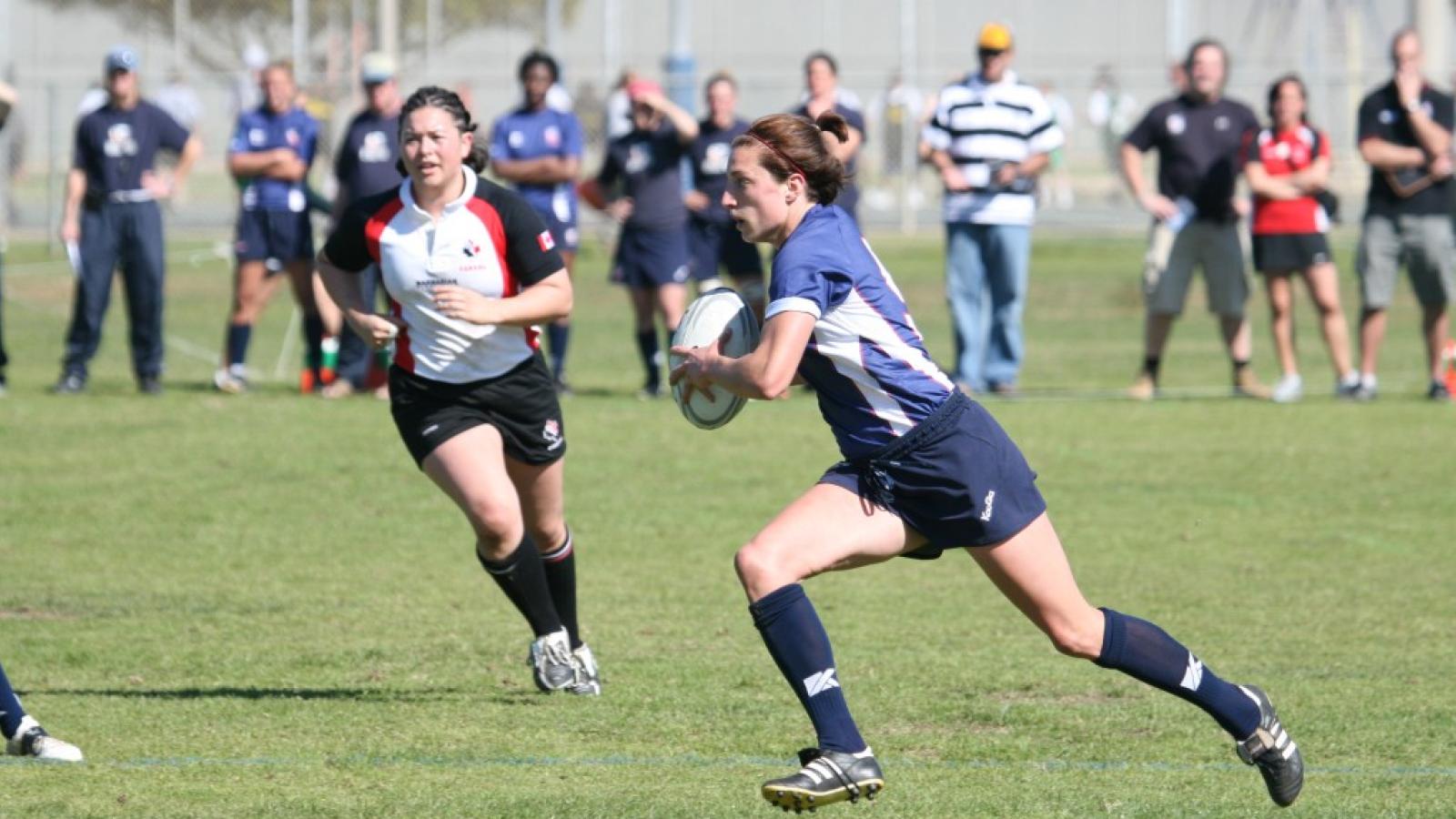World Rugby's adjustment to Regulation 8 has put a complication into the Major League Rugby draft and post-draft signings.
Put briefly, overseas players who were only registered with NCR may find some teams reluctant to draft or sign them because of how that affects their USA rugby-residency status.
As outlined before on GRR: World Rugby Regulation 8 Change Has Ramifications for USA, World Rugby has changed how it runs it's residency clock. This change was initiated in part by some within the US game to ensure clarity and fairness—basically not penalizing players who returned to their country of birth just to visit family, for example.
The Reg. 8 clock now starts when you register with a national governing body in your new country, and as long as you remain registered there and not registered to play in another country, then your clock ticks on unimpeded. This is made possible because rugby around the world has become more registered—national governing bodies, at least at the level where players are concerned about establishing residency, are much, much more likely to have a formal NGB registration process than, say, 10 or 15 years ago.
View all 7 Episodes of GRR's 2024 MLR Draft Previews Here>>
However, it could also be argued that the Regulation 8 change could also be a tool to encourage NGBs to establish a formal registration process.
How The Change Works
If a player form Australia, for example, enrolled in college in the USA and registered to play for that college's rugby team, that player could still go back to Australia for the entire winter break, even if (as many college breaks do) that break lasted a month. He could also do the same for the summer break. As long as he didn't register to play in any country other than the USA, and he continued to renew his membership with USA Rugby, he could still be considered, for rugby purposes, resident in the USA.
With this regulation, players have to be resident/registered in their new country for 60 straight months (five years) to be considered residency-qualified for the new country's national team.






